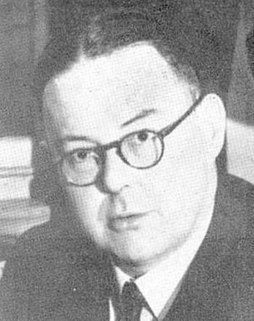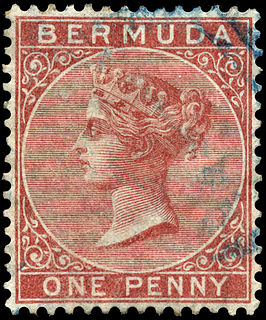Related Research Articles

Postage stamps and postal history of Great Britain surveys postal history from the United Kingdom and the postage stamps issued by that country and its various historical territories until the present day.

The Edward VIII postage stamps are a definitive stamp series issued in the United Kingdom during the 20 January – 10 December 1936 reign of King Edward VIII.

The Royal Philatelic Society London (RPSL) is the oldest philatelic society in the world. It was founded on 10 April 1869 as The Philatelic Society, London. The society runs a postal museum, the Spear Museum of Philatelic History, at its headquarters in London.

John Harry Robson Lowe, Robbie to his friends, was an English professional philatelist, stamp dealer and stamp auctioneer.

Sir Edward Denny Bacon, KCVO was a British philatelist who helped with the enlargement and mounting of collections possessed by rich collectors of his time and became the curator of the Royal Philatelic Collection between 1913 and 1938.

Sir John Mitchell Harvey Wilson, 2nd Baronet was a British philatelist and Keeper of the Royal Philatelic Collection from 1938 to 1969. He introduced the division of the collection by reign and, after World War II, loans from the collection to international exhibitions.

Charles Nissen was a British philatelist, and stamp dealer who discovered the famous stock exchange forgery and wrote, with Bertram McGowan, the definitive book on the plating of the Penny Black.
James Richard William Purves – generally denoted in publications as J. R. W. Purves -- was an Australian lawyer and philatelist. His half century of work in Australian philately earned him the title "The personification of Australia in International Philately".
Col. Max G. Johl of Connecticut, was an American philatelist who specialized in the collecting of, and writing philatelic literature on, United States postage stamps.
John Easton was a printer and philatelic author who signed the Roll of Distinguished Philatelists in 1960.

Charles Lathrop Pack, a third-generation timberman, was "one of the five wealthiest men in America prior to World War I". He owed his good start in life to the success of his father, George Willis Pack, and grandfather, George Pack, Jr. in the forestry sector. Growing up on Lake Huron in Michigan's Lower Peninsula, Charles L. Pack lived in Cleveland, Ohio, from 1871 to the early years of the 20th century. With "savvy investments ... in southern timber ... banking and real estate", Pack became a multi-millionaire. During World War I, he was a principal organizer and was heavily involved in the war garden movement in the United States.

Key type stamps are stamps of a uniform design that were widely used by colonial territories in the 19th and 20th centuries.

This is a survey of the postage stamps and postal history of Saint Helena.

This is a survey of the postage stamps and postal history of Sierra Leone.

Bermuda, a group of islands in the North Atlantic Ocean, was previously uninhabited when the British established a settlement in 1612.

The Crawford Library is a library of early books about philately formed between 1898 and 1913 by James Lindsay, 26th Earl of Crawford. By the time of his death in 1913, Crawford was thought to have amassed the greatest philatelic library of his time. Today, the library is part of the British Library Philatelic Collections.
Lionel Edward Dawson (1887–1976) was a philatelist who won the Crawford Medal from the Royal Philatelic Society London for his paper on The One Anna and Two Annas Postage Stamps of India, 1854-55. He was an expert on the stamps of India and the Feudatory States and signed the Roll of Distinguished Philatelists in 1961.
Robert P. Odenweller is an American philatelist who is a member of the National Postal Museum's Council of Philatelists and a signatory to the Roll of Distinguished Philatelists. He is a member of The Collectors Club of New York, and an Honorary Fellow of the Royal Philatelic Society London and the Royal Philatelic Society of New Zealand. From 1996 to 2000 he was President of the Grand Prix Club.
Johannes Schmidt-Andersen was a Danish philatelist who in 1952 was awarded the Crawford Medal by the Royal Philatelic Society London for his work The postage stamps of Denmark 1851–1951. Gibbons Stamp Monthly called him "the Father of Danish philately". He signed the Roll of Distinguished Philatelists in 1950.
Peter Edmund Fernbank is a philatelist who, in 1998, was awarded the Crawford Medal by the Royal Philatelic Society London for his King George V Key Plates of the Imperium Postage and Revenue Design.
References
- ↑ "Eric Yendall Receives Crawford Medal" in The London Philatelist, Vol. 119, No. 1374, April 2010, p. 97.